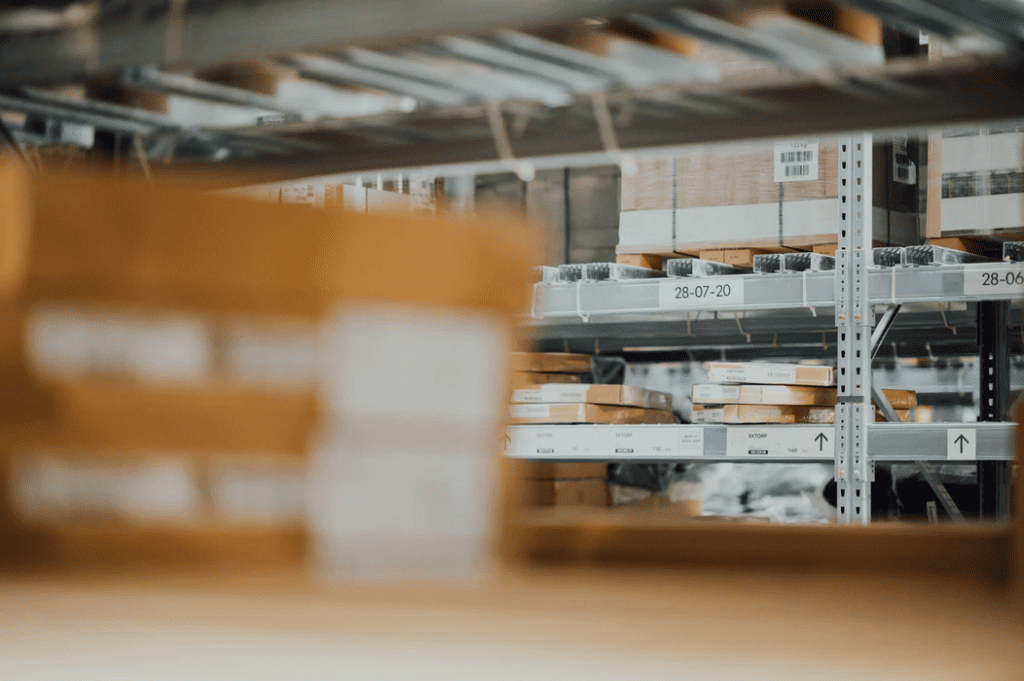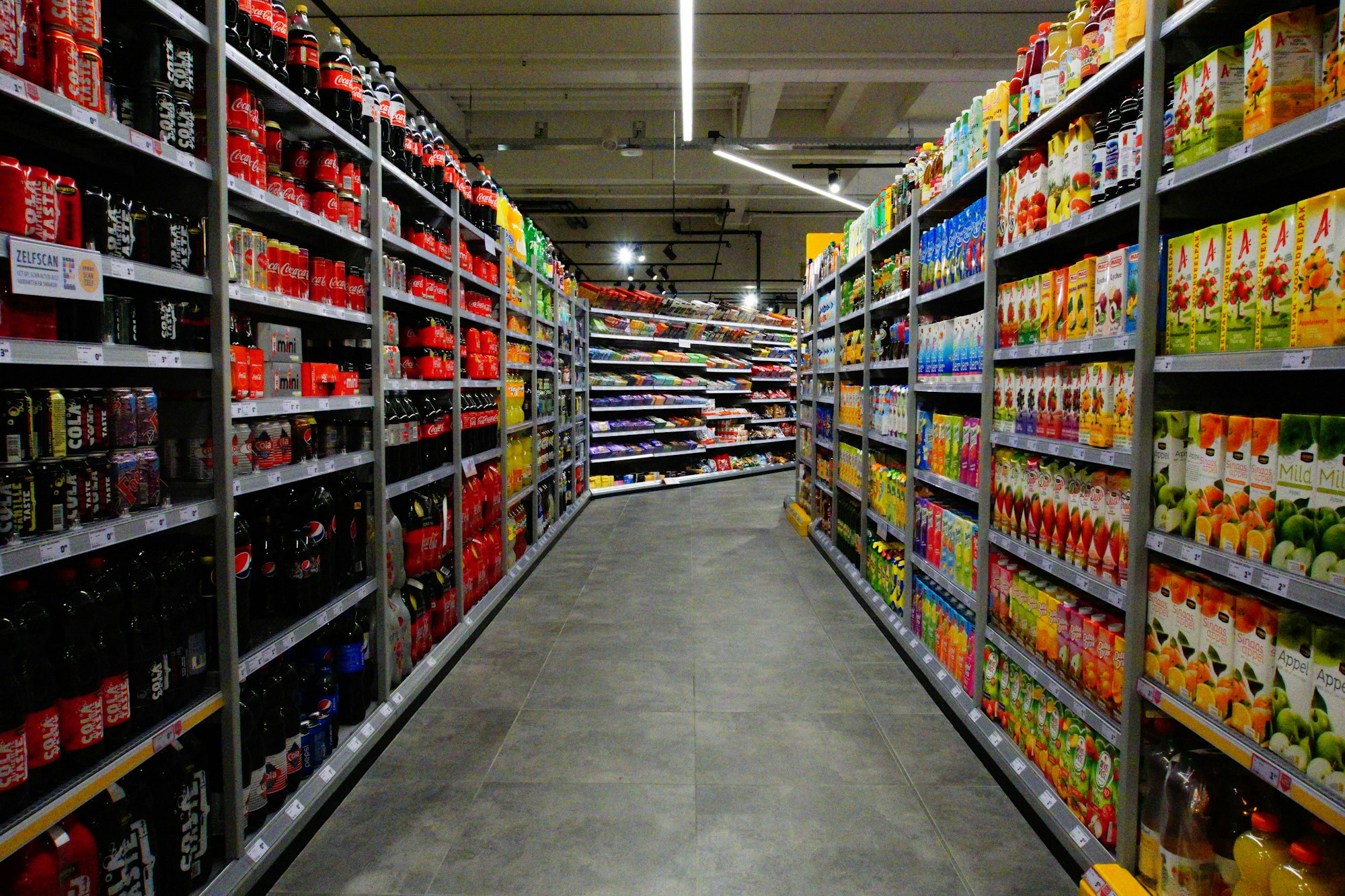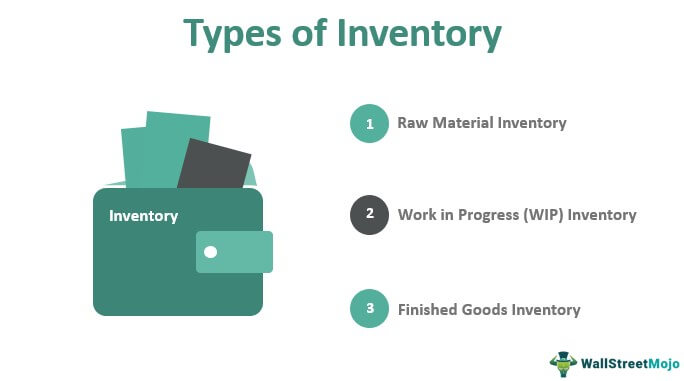Inventory refers to the stocks of goods and materials that a business holds in order to meet the demands of its customers. There are various types of inventory that businesses can hold, each serving a specific purpose and requiring different levels of management and attention.
One type of inventory is raw materials. These are the unprocessed materials that a business uses to create its products or services. Examples of raw materials include metal for a car manufacturer, flour for a bakery, or wood for a furniture maker. Raw materials are usually the first step in the production process, and it is important for a business to have a sufficient supply on hand to meet the demand for its products.
Another type of inventory is work-in-progress (WIP) inventory. This refers to materials that are being processed or transformed into a finished product, but have not yet been completed. For example, a factory may have a batch of car parts that are in the process of being assembled, or a construction company may have a building that is in the middle of being constructed. WIP inventory requires careful management to ensure that it is being efficiently used and that it does not sit idle for too long, as it ties up resources and can be expensive to hold.
Finished goods inventory refers to products that are fully completed and ready to be sold to customers. This can include items like clothing, electronics, or furniture. It is important for businesses to maintain an appropriate level of finished goods inventory to meet customer demand, but having too much inventory can tie up capital and result in storage and handling costs.
Another type of inventory is spare parts and supplies. These are items that are not directly related to the production of a product, but are necessary for the operation of a business. Examples of spare parts and supplies include office supplies, maintenance tools, and replacement parts for machinery. It is important for businesses to have a sufficient supply of spare parts and supplies on hand to ensure that they can continue operations smoothly.
Finally, businesses may also hold safety stock, which is a buffer of inventory that is kept on hand in case of unexpected demand or supply disruptions. Safety stock can help a business avoid shortages and keep its operations running smoothly in the event of unexpected events.
In summary, there are various types of inventory that businesses may hold, including raw materials, work-in-progress, finished goods, spare parts and supplies, and safety stock. Each type of inventory serves a specific purpose and requires different levels of management and attention. Proper inventory management is critical for businesses to ensure that they have the resources they need to meet customer demand and operate efficiently.






